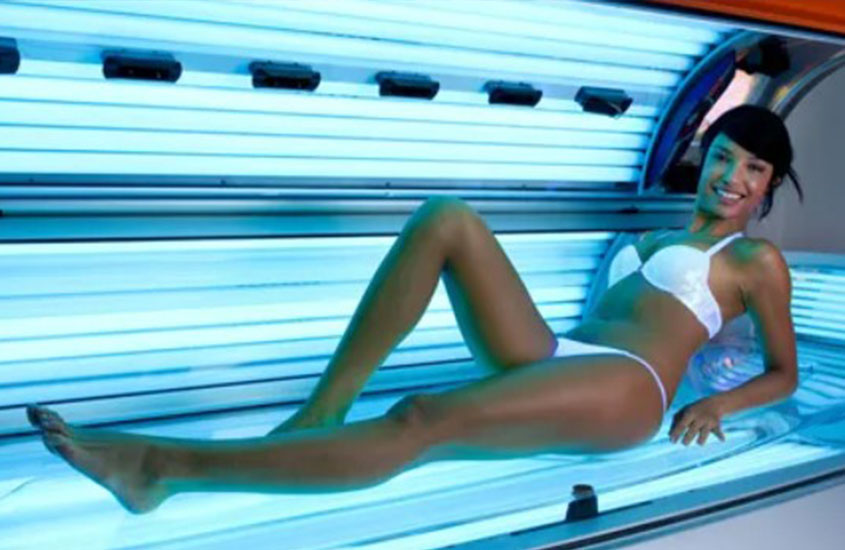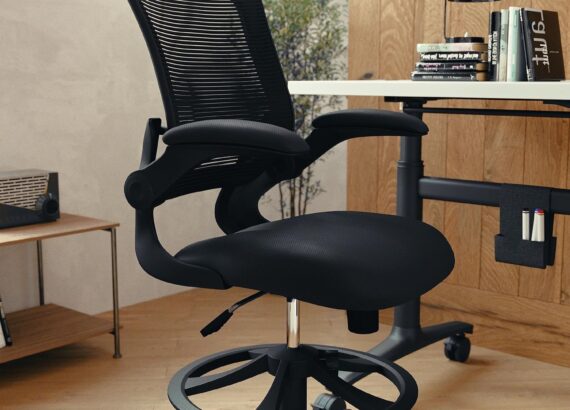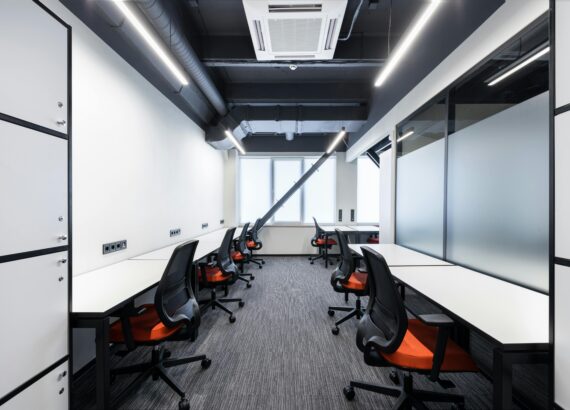Sunbed tanning has become a popular alternative to outdoor tanning, as it allows individuals to achieve a tan year-round, regardless of the weather. Sunbeds are a form of artificial ultraviolet radiation (UVR) that mimics the effects of the sun’s natural UVR. While sunbed tanning may seem like a convenient and quick way to achieve a tan, it comes with several risks that are often overlooked. In this blog post, we will explore the dangers of sunbed tanning and whether it is worth the risk.
What is Sunbed Tanning?
Sunbed tanning involves the use of a sunbed or tanning bed, which emits UVR to the skin. The UVR penetrates the skin’s surface, causing the skin to produce melanin, a pigment that gives the skin its color. This process is similar to natural tanning that occurs when the skin is expose to the sun’s UVR.
Sunbeds emit both UVA and UVB radiation. UVA radiation is responsible for the immediate tanning effect, while UVB radiation is responsible for delayed tanning, such as a tan that develops after a day at the beach. UVB radiation is also responsible for sunburn, which is why sunbeds are equipped with timers to prevent overexposure.
Risks of Sunbed Tanning
Skin Cancer
One of the most significant risks associated with sunbed tanning is the development of skin cancer. UVR exposure is a known risk factor for skin cancer, including melanoma, the deadliest form of skin cancer. A study published in the Journal of the American Academy of Dermatology found that individuals who had ever used a sunbed had a 67% increased risk of developing squamous cell carcinoma and a 29% increased risk of developing basal cell carcinoma.
Premature Aging
Sunbed tanning can also lead to premature aging of the skin. UVR exposure can cause damage to the skin’s elastin fibers, which can result in sagging, wrinkling, and dryness. This damage is often irreversible and can make the skin appear older than it is.
Eye Damage
Sunbed tanning can also cause eye damage, including cataracts and ocular melanoma, a rare but deadly form of eye cancer. The eyes are particularly vulnerable to UVR damage because they have no natural protection against it.
Immune Suppression
Sunbed tanning can also suppress the immune system, making individuals more susceptible to infections and diseases. This is because UVR exposure can decrease the function of certain immune cells, making it harder for the body to fight off infections.

Photosensitivity
Sunbed tanning can also lead to photosensitivity, a condition in which the skin becomes extremely sensitive to the sun’s UVR. This can result in severe sunburn, even with minimal sun exposure.
Skin Damage
Sunbed tanning can cause significant damage to the skin, including sunburn, blistering, and peeling. Over time, repeated UVR exposure can also lead to skin damage, such as the development of age spots and changes in skin texture.
Addiction
Sunbed tan can be addictive, as the UVR exposure releases endorphins, which can create a feeling of euphoria. This can lead to a compulsive desire to continue tanning, even in the face of adverse health effects.
Safe Alternatives to Sunbed Tanning
Self-Tanning Products
Self-tanning products are a safe and easy way to achieve a tan without any UVR exposure. These products contain DHA, a chemical that reacts with the amino acids in the skin’s surface to produce a temporary tan. Self-tanning products come in various forms, including lotions, sprays, and mousses, and can easily applied at home.
Spray Tans
Spray tans involve the use of a fine mist that is sprayed onto the skin, giving it a natural-looking tan. Also spray tans typically last between 5-7 days and do not require any UVR exposure. Spray tans can done at a salon or at home with a self-tanning spray kit.
Bronzers
Bronzers are a safe and temporary way to achieve a tanned look without any UVR exposure. They come in various forms, including creams, powders, and sprays, and can be easily washed off at the end of the day.
Outdoor Sunbed Tanning with Sun Protection
If you prefer natural sunlight, outdoor tanning is still an option, but it’s important to protect your skin from the sun’s harmful UVR. This can be done by wearing protective clothing, such as a hat and long-sleeved shirt, and applying sunscreen with an SPF of 30 or higher.
Is Sunbed Tanning Worth the Risk?
Given the risks associated with sunbed tanning, is it worth it? The answer is no. While sunbed tan may seem like a quick and convenient way to achieve a tan, the risks associated with it far outweigh any potential benefits. There are several safe alternatives to sunbed tanning, including self-tanning products, spray tans, and bronzers.
Self-tanning products are a safe and effective way to achieve a tan without the risk of UVR exposure. These products contain dihydroxyacetone (DHA), a chemical that reacts with the amino acids in the skin’s surface to produce a temporary tan.
Spray tans are another safe alternative to sunbed tanning. These involve the use of a fine mist that is sprayed onto the skin, giving it a natural-looking tan. Spray tans typically last between 5-7 days and do not require any UVR exposure.
Bronzers are another safe alternative to sunbed tanning. These are products that contain a pigment that gives the skin a temporary tan.
Bronzers are a safe and temporary way to achieve a tanned look without any UVR exposure. They come in various forms, including creams, powders, and sprays, and can be easily washed off at the end of the day.
Conclusion
In conclusion, sunbed tanning comes with significant risks, including skin cancer, premature aging, eye damage, and immune suppression. These risks far outweigh any potential benefits of having a tan. There are several safe alternatives to sunbed tanning, including self-tanning products, spray tans, and bronzers, which can give you a natural-looking tan without the risk of UVR exposure. If you’re looking to achieve a tan, it’s important to remember to protect your skin from the sun’s UVR by wearing protective clothing, using sunscreen, and avoiding excessive UVR exposure. Your health and well-being are worth more than a temporary tan.
Sunbed tanning involves using a bed or booth that emits UV radiation to darken the skin. While it may provide a tan appearance, it can also increase the risk of skin cancer and premature aging of the skin. It is important to use proper protective measures and limit exposure to UV radiation.
Finding the best mattress topper for back pain can provide relief and improve sleep quality. Memory foam toppers contour to the body, reducing pressure points and promoting proper spinal alignment. Latex toppers provide a supportive and responsive surface, while down toppers offer softness and cushioning. It is important to consider individual preferences and needs when selecting a mattress topper for back pain.







